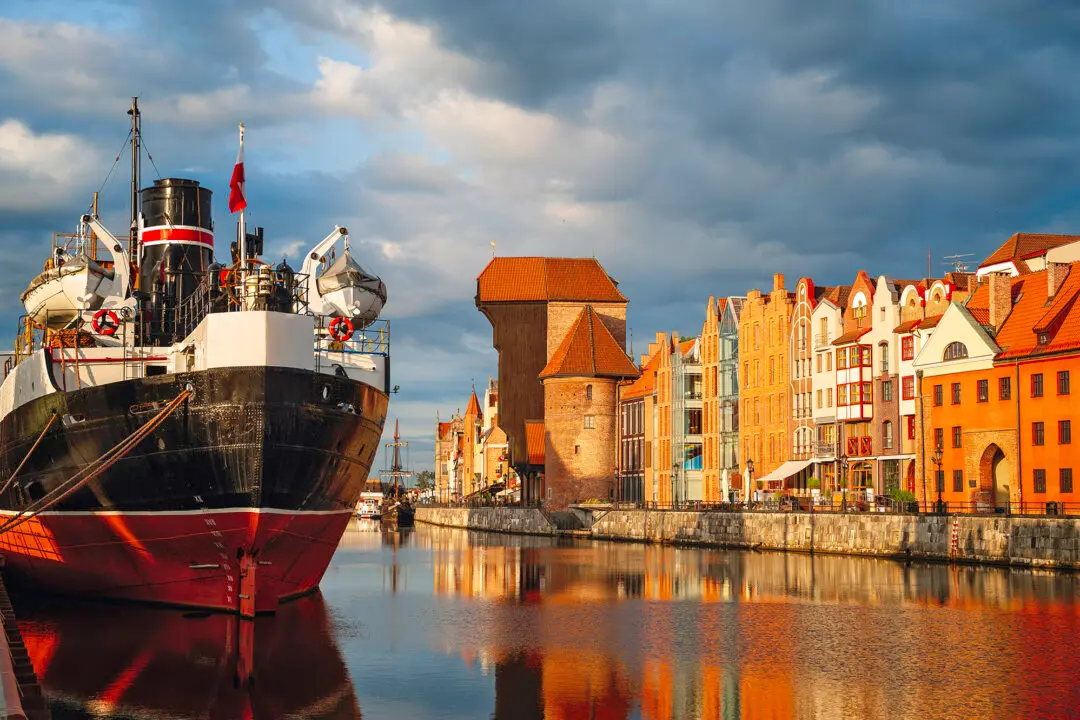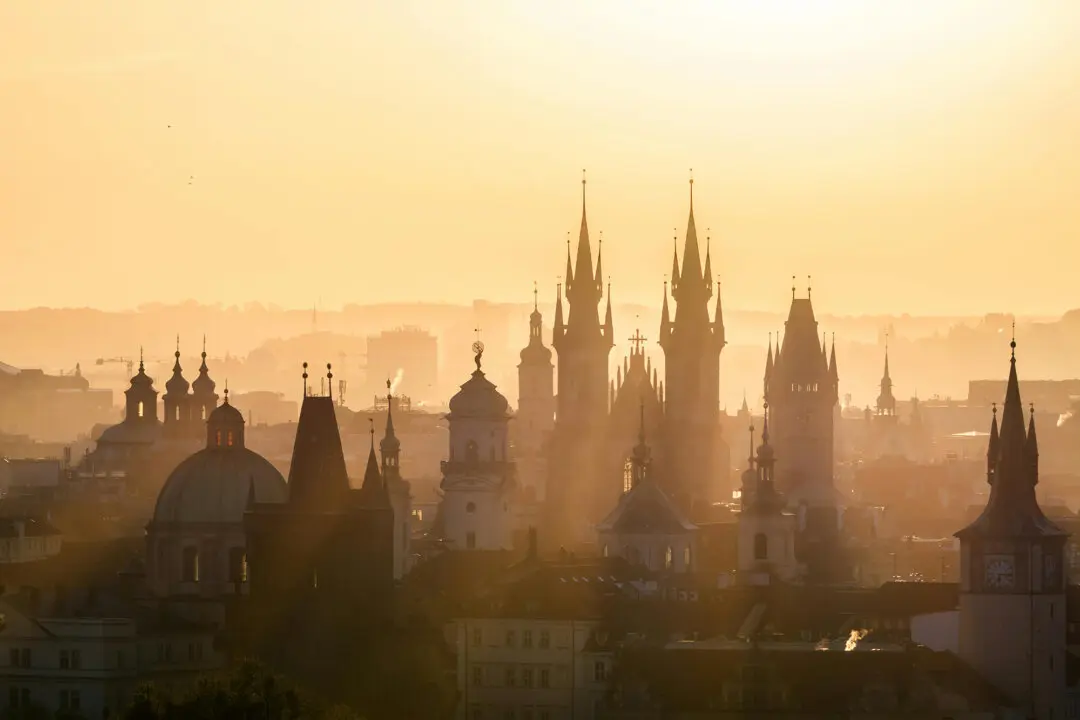The tension builds, as the afternoon sun fades—and the main event nears. The racers are readying their animals, preparing them for the mad dash ahead. Crunching through the dunes, I approach one, my reporter’s cap on and notepad in hand, to ask him about his hopes, strategy, and plans for the winnings, should he take the top prize, which amounts to about $75.
A few seconds into the conversation, I feel something clamping down on my left arm. Overreacting, I shake it off, in the process tripping on my own feet, tumbling to the ground, flat on my back. A cluster of concerned faces looms over me, the racer and his friends embarrassed and apologizing, but it turns out I’ve only hurt my pride, nothing more.





